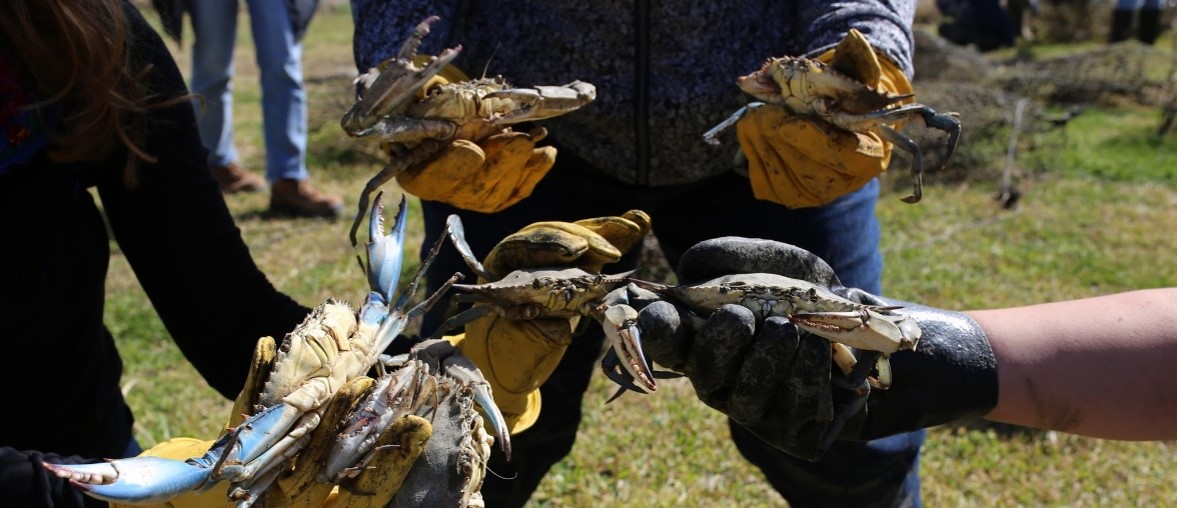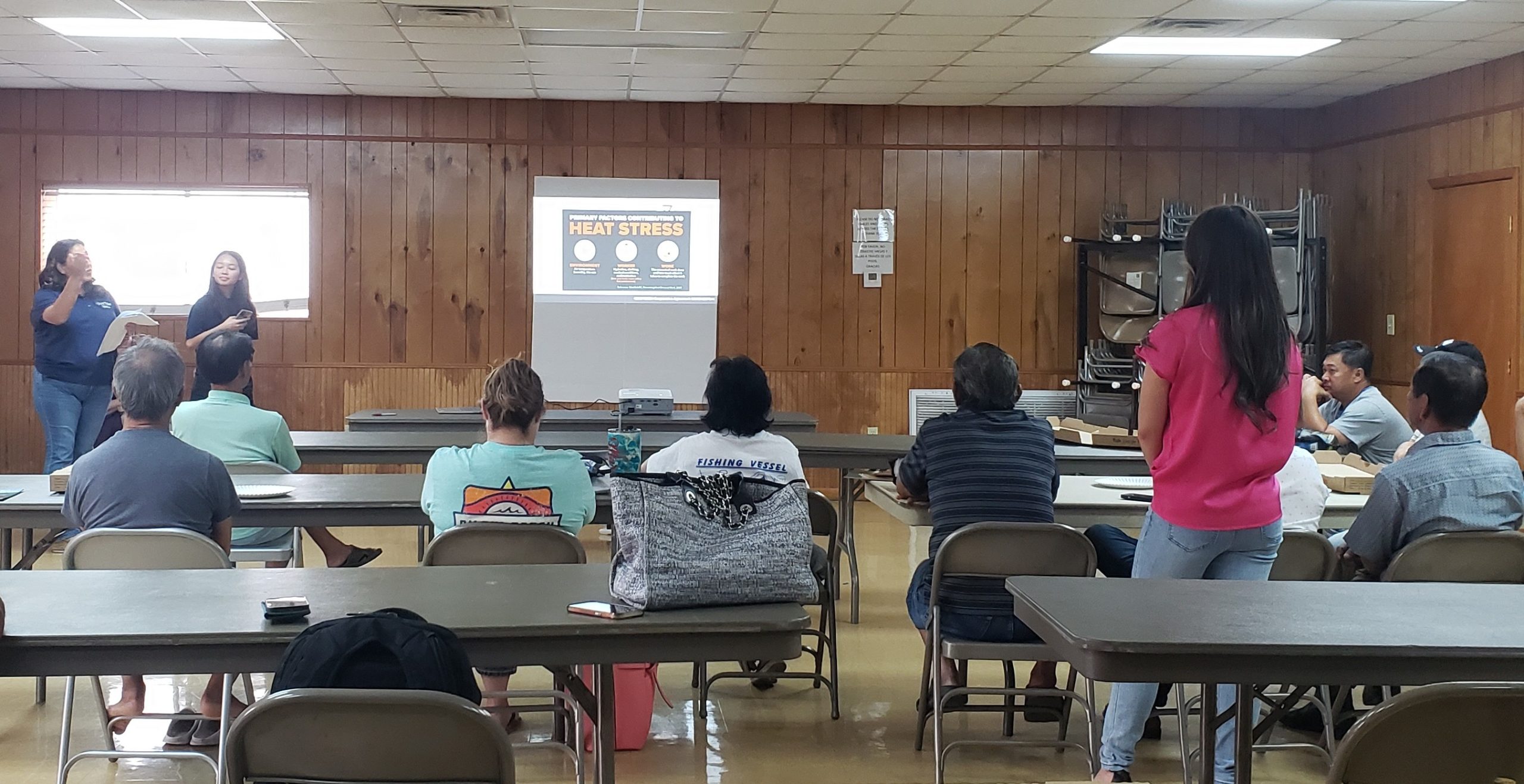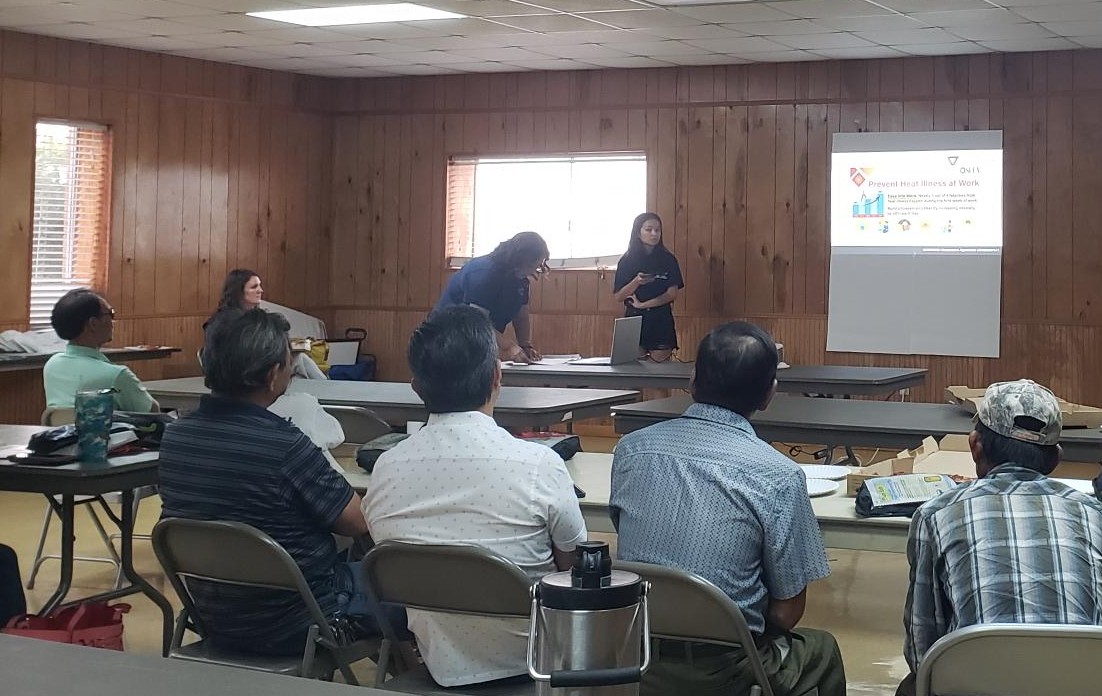
Last month, the Galveston Bay Foundation (GBF) and the Houston Advanced Research Center (HARC) hosted a workshop for the crabbing community in Chambers County, Texas. Together with experts from Texas A&M AgriLife, Southwest Center for Agricultural Health, Injury Prevention & Education and Texas Sea Grant, the workshop covered important topics, such as boater safety, kill switches, algae blooms, and parasites currently affecting the local crab population. To ensure that everyone has an opportunity to learn about the bay they live and work in, information was presented in both English and Vietnamese and translators were onsite to help facilitate discussion.

Thanks to all the workshop partners, attendees also received gear like life vests, hats, t-shirts, and other supplies to help keep them safe in hot and risky working environments.
The workshop concluded with an open discussion where attendees shared concerns about the declining crab population in the bay. Fewer and fewer baby crabs and clams, one of the primary sources of food for crabs, are being spotted in the waters of the bay near Anahuac, Texas. Attendees reported that crabs were usually covered in fine, furry green algae, and crab traps were often stuck in sticky mud, sometimes with an oily sheen. Such reports point to the growing industry in Houston, continual development, and rising temperatures as potential causes for the decline in quality of livable habitats for these wildlife populations, and subsequently, a decline in seafood that can be caught to support local families dependent on the maritime industry.

This feedback was recorded and will be used to help us understand your environmental needs and what we can do to better serve the community. In response to the workshop insights, GBF and HARC are looking into printing and mailing our annual Galveston Bay Report Card to improve access for those facing technology or language barriers.
GBF and HARC are committed to conserving the Galveston Bay ecosystem. We’ll continue engaging the community, addressing their concerns, and safeguarding this vital resource.